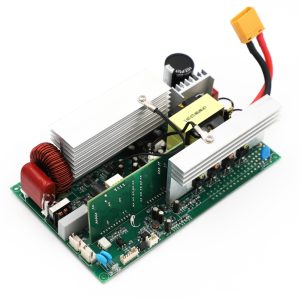PCB stands for Printed Circuit Board and plays a crucial role in the functioning of electronic devices. In simple terms, a PCB is a board made of non-conductive material such as fiberglass or plastic, with copper tracks etched onto it. These copper tracks serve as the pathways for electrical currents to flow between different components on the board.
The Importance of PCBs in Electronics
PCBs are the backbone of electronic devices, providing a sturdy platform for components to be mounted on. Without PCBs, the complex network of electrical connections found in modern electronics would be virtually impossible to achieve. PCBs also help protect delicate electronic components from damage and provide a means of efficiently transferring heat away from components that generate heat during operation.
PCB Design Process
The process of designing a PCB involves several key steps. First, the schematic of the circuit is created, detailing the components and their connections. This schematic is then translated into a physical layout on the PCB design software, where components are placed and routes for connections are defined. Once the layout is finalized, the design files are sent to a manufacturer who fabricates the PCB based on the design specifications.
Electronic PCB Board
Benefits of PCB Design
PCB design offers numerous benefits over other methods of creating circuit connections. Some of these benefits include increased reliability, reduced size and weight of electronic devices, improved signal integrity, and easier troubleshooting and maintenance. PCBs also allow for automated assembly processes, reducing production costs and increasing efficiency.
Common Questions About PCBs
1. What materials are used to make PCBs?
PCBs are typically made of layers of fiberglass or plastic with copper tracks etched onto the surface.
2. Are PCBs recyclable?
Yes, PCBs can be recycled by extracting the valuable materials such as copper and gold from the boards.
3. How are PCBs tested for quality?
PCBs undergo rigorous testing processes such as electrical testing, visual inspection, and functional testing to ensure they meet quality standards.
4. Can PCB designs be customized for specific applications?
Yes, PCB designs can be tailored to meet the specific requirements of different electronic devices and applications.
In conclusion, PCBs are an integral part of modern electronics, providing a reliable and efficient means of connecting electronic components. Understanding the basics of PCB design is essential for anyone working in the field of electronics or engineering.
Do you want to receive more information about electronic PCB board? Then we are happy to answer your questions. Fill in the contact form or send an email to https://www.avpcb.com.


13 Responses